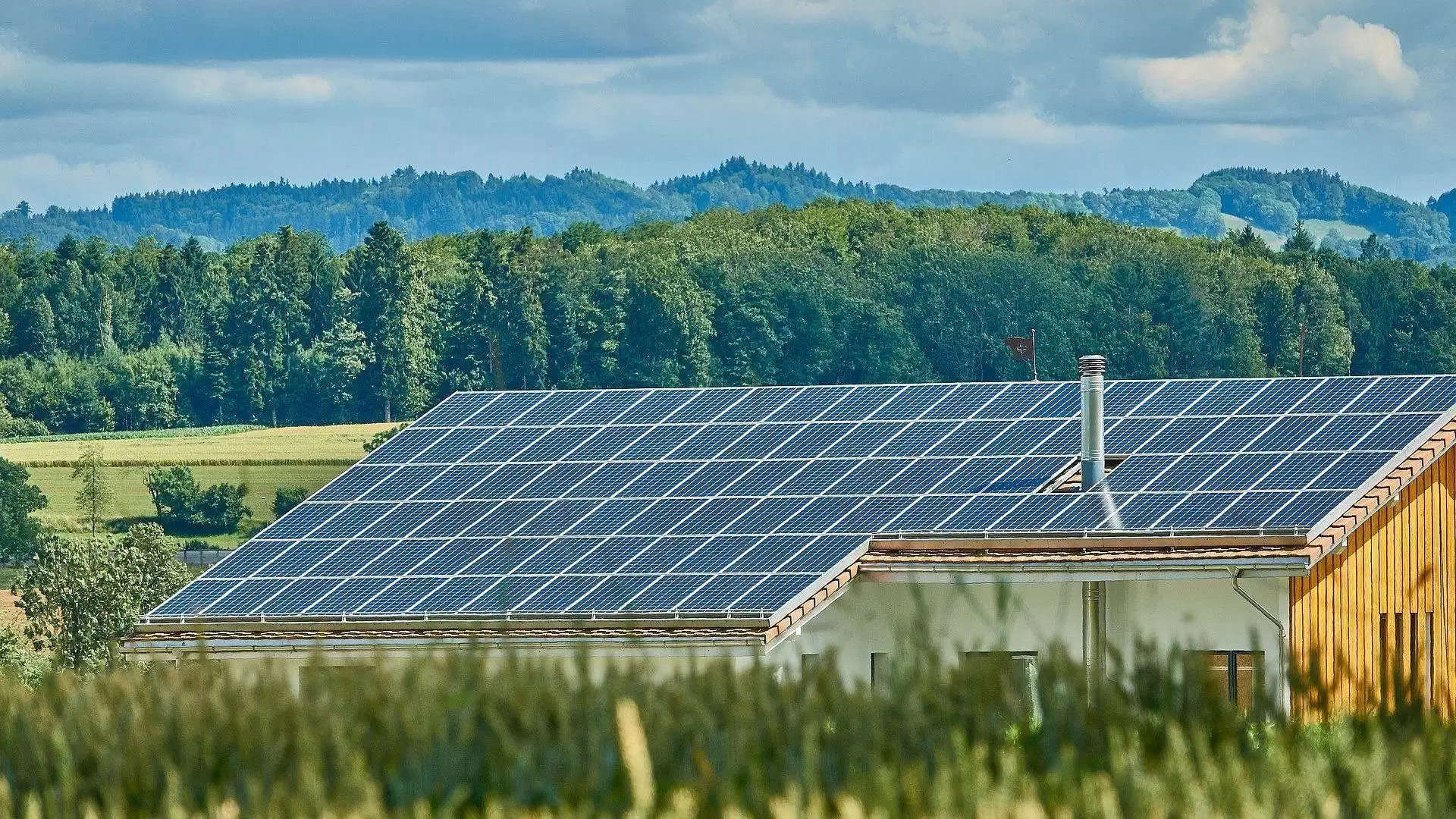EDITORIAL | Energy Transition in Meghalaya: Renewables to change the game?

FROM THE EDITOR’S DESK:
Meghalaya Chief Minister Conrad K Sangma on Thursday, February 18, launched the Roof Top Solar Portal of the Meghalaya Energy Corporation Limited (MeECL) in Shillong, an initiative aimed at improving energy access and reducing the state’s carbon footprint.
A ray of hope for a state where the electricity demand is high, the launch of the project in Shillong is a laudable initiative, especially since there would be a zero investment for the people who are interested in installing the rooftop solar panels.
The Ministry of New and Renewable Energy (MNRE) would provide 40 per cent of the subsidy, 50 per cent from the vendor, and 10 per cent from the Meghalaya Power Distribution Corporation Limited (MePDCL).
According to the MNRE, solar capacity has increased in the last five and a half years from roughly 2.6 GW to over 34 GW.
A record low solar tariff of Rs. 2.44/unit was also achieved at Bhadla in Rajasthan.
Also Read: EDITORIAL | Withering freedom of the press in Northeast India
It is an open secret in Meghalaya that power shortage is one of the major problems the state is facing, and the liabilities amounting to crores of rupees is another yet another burden.
While withdrawing the load shedding notification is only a temporary solution, the government needs to come up with a long term solution to solve the power crisis.
Tapping nature’s resources in a state like Meghalaya would play a key role in our ongoing efforts of balancing our already overloaded ecosystem.
Teaching faculties involved in environmental studies or geography should include case studies, analysis and field assignments to imbibe in students a sense of understanding on how to prevent climate change.
In the recently announced Budget, an additional capital infusion of Rs 1,000 crore in the Solar Energy Corporation of India and Rs 1,500 crore in Indian Renewable Energy Development Agency was ushered in by the Union government.
‘The New Climate War (The Fight to Take Back Our Planet)’ by Michael E. Mann and ‘Ten Technologies to Fix Energy and Climate’ by Chris Goodall are perfect examples of such books on climate change.
However, one can hope that this is another step in the right direction, which may help us chart a roadmap for our survival besides ensuring a better future for the generations ahead.

















